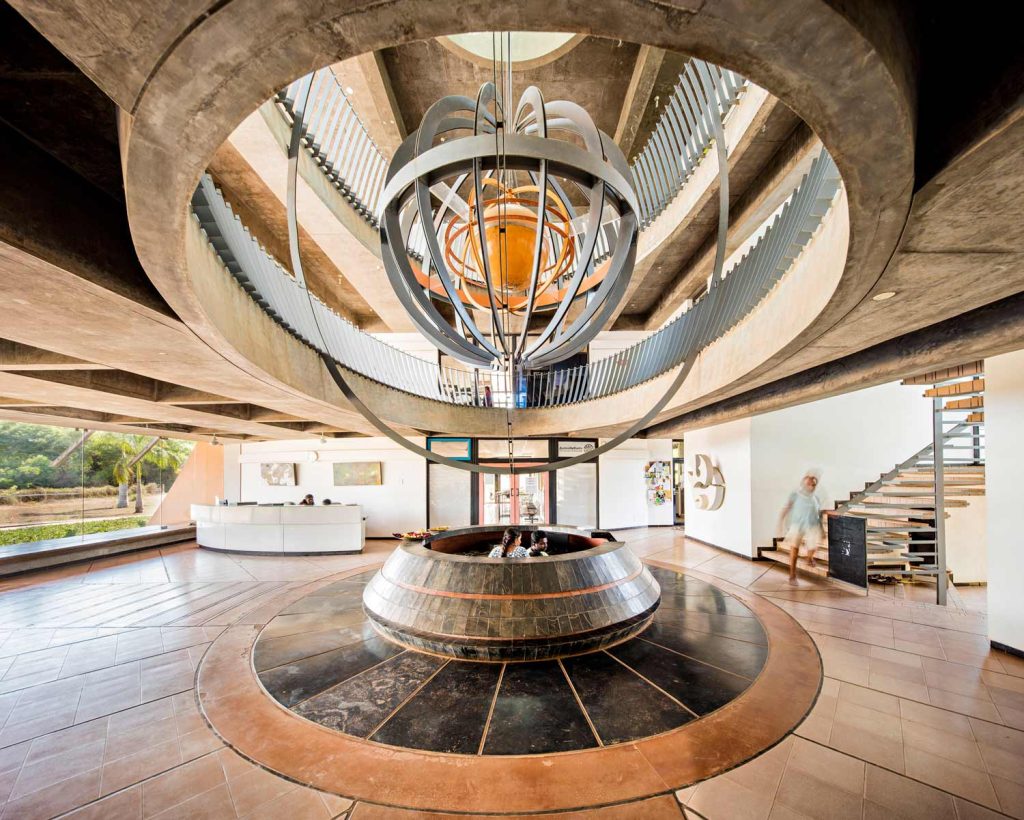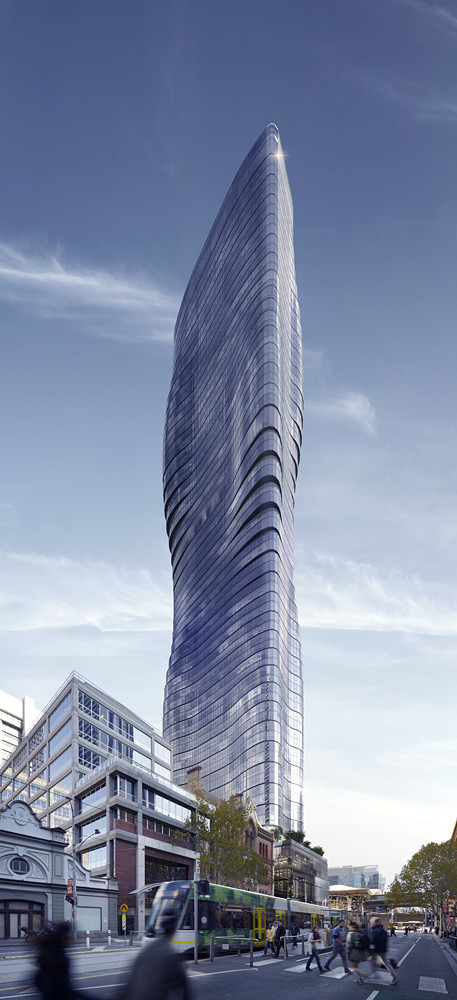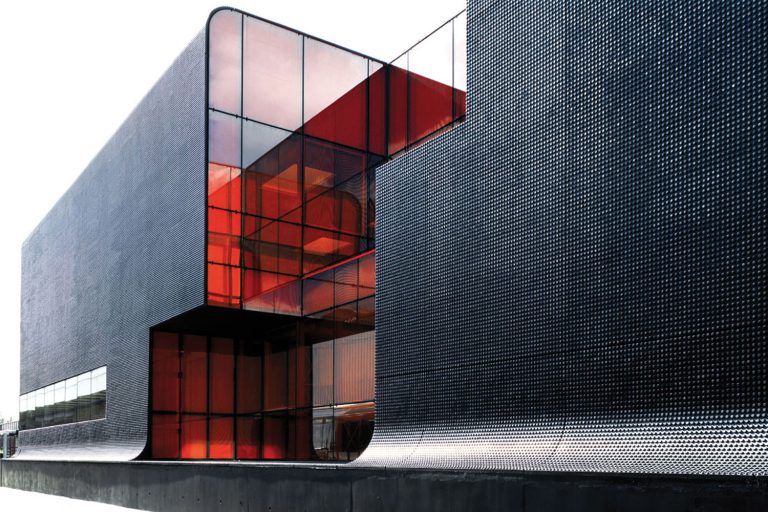
There are so many happiness centers and women’s rights movements worldwide, but a shocking reality seems to be overlooked when it comes to the workplace. There are many opportunities that women miss out on because of the “rules” people place in society that many live by and are accustomed to.
When thinking about the built environment, one thinks about heritage and cultural creations influenced by what people think and believe, showcasing the values and traditions in society. Think about skyscrapers and what they represent – Power and dominance, which are often associated with masculinity.
Architecture is a field known for its difficulty; studies show it is the second hardest major after medicine, automatically making it a male-dominant field in a stereotypical world. According to findings from the Architects’ Journal survey, 66% of female architects have experienced sexism in their careers, and 88% of women felt restricted and undermined only because they have children. With that being said, the salary discrepancies found among women in the architecture industry are concerning, where men earn more than half of a woman’s salary, putting her at a disadvantage whether she is single, married, or without a child.

Women started studying architecture and earning degrees in the 1800s when Buffalo native Louise Bethune was the first recognized female architect to open her own firm in the United States. Being a female architect and a leader often entails being labeled as ‘bossy’ or ‘sharp’ rather than being recognized as an ambitious and successful professional capable of true leadership (Gohel, 2023). It also involves facing workplace challenges that push women to strive for perfection, as any mistakes might be viewed as signs of weakness or incompetence. Research indicates that female architects who are also mothers may hesitate to disclose their parental status to employers, fearing that it could impede their career progression or even lead to job loss.
Moreover, these mothers, who are passionate about their architectural work, may feel hesitant to request flexible working hours from their employers. While such arrangements may be tolerated, they are often met with disapproval and mostly frowned upon. With that being said, out of the 56 architecture schools accredited by RIBA in the United Kingdom, 12 are run by women, which compose 21%. Simultaneously, there are only four out of thirty female editors in academic journals in architecture, which results in 8% of female editors. Statistics reveal a stark reality in the architectural world: women receive architectural awards such as the Gold Medal far less frequently than men.
Since the 1980s, only five women have been honored with the RIBA Gold Medal, while Julia Morgan, a pioneering architect, was posthumously awarded the AIA Gold Medal, a recognition that came 60 years after her passing. These statistics indicate the huge gap between male and female architects and how women are being neglected and not given a chance to excel in the field because twice the studies were done by males, making everything there is to know about architecture contemplated by them.

Research proves that sexism is found in many details, specifically in architecture. Types of gender biases include the motherhood penalty, where mothers receive 11,000 dollars less than a woman with no child – this results in women composing 75% of people in the unpaid labor category. The second type of bias is second-generation bias, which is mostly indirect and not necessarily intentional. It is when women fail to reach their full potential due to places and rules that are placed in consideration to men’s needs only. Lastly, urban design bias includes zoning laws and public space designs. For instance, zoning laws aim to separate work and family life, making it hard for women to commute to work as they are also the household keepers. Additionally, most women feel uneasy and uncomfortable being at a bus stop or a subway station alone or at night because most public spaces were not designed for women to be in.
“I think one of the primary goals of feminist landscape architecture would be to work toward a public landscape in which we can roam the streets at midnight, in which every square is available for Virginia Wolf to make up her novels.”
Rebecca Solnit

We live in a world where being a woman can be challenging. There are mothers who try but find it difficult to pursue their careers while taking care of their children, and sisters and daughters who are afraid of staying true to themselves due to the stereotypes. While many jobs are easy and have flexible working hours, unfortunately, architecture is not one of them. Research shows that as women age, they tend to leave the industry because of its demanding nature and unjust system, specifically towards women, and mostly women who have families to take care of.
For the longest time ever, women have been objectified as a result of a patriarchal society that sees a woman as an object of beauty and miss out on noticing the human that lies behind, the soul within is completely dismissed. Examples of “objectifying a woman” include putting almost nude women with curvy bodies in advertisements to attract consumers to a product. This is also visible in the sports field by making tight uniforms for women to make their body shape more visible.

An overlooked example of the objectification of women is one that is seen in many building designs and conceptual images done by renowned architects like Arata Isozaki, Oscar Nieyemer, and Frank Lloyd Wright. The Japanese architect Isozaki was openly obsessed with women’s curves, specifically Marilyn Monroe’s, making most of his designs revolving around her body shape and structure. One of his most well-known designs inspired by the female body is the Museum of Contemporary Art in Los Angeles.
Isozaki’s building designs are not only inspired by the female form, but his interior elements also draw from feminine aesthetics. For instance, the ‘Marilyn Chair,’ designed by Isozaki and named after Marilyn Monroe, reflects the inspiration drawn from her iconic female figure.
“My dream is to see a society of equal opportunities, without the stark social segregation, without poverty, hunger, homelessness, and where women can walk around anywhere and everywhere, as safely and freely as men.”
Anupama Kundoo

A complex mixed-use tower building in Australia was inspired by Beyonce’s moving body in her music video, Ghost. Whether designed intentionally or not, the tower’s concept is an example of objectifying women by focusing on their forms instead of who they truly are.
In conclusion, sexism, workplace discrimination, and the objectification of women are concepts that existed decades ago, which resulted in patriarchal societies that put most women at a disadvantage. However, despite all the unfairness, there are countless women role models that many can look up to, who have challenged all kinds of stereotypes and managed to succeed and lead in a field where women do not have a voice. Architects like Zaha Hadid, who was the first woman to receive the Pritzker Architecture Prize in 2004, and the first to win the Gold Medal Award from the Royal Institute of British Architects (RIBA), give hope to aspiring young female architects who are passionate about the field, but are held back by fear.






































